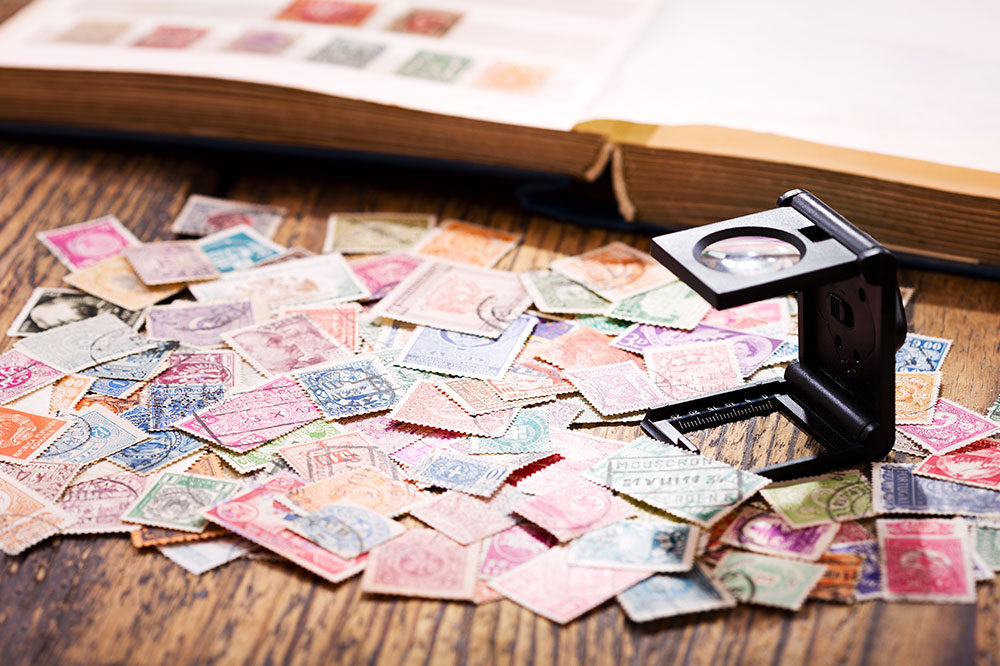A Brief Guide to Postage Stamps and Postcard Rates
Postage stamps carry some significance. Often considered to be only pieces of paper used to send mail, these items are useful for many other reasons. That is why, people are generally curious when it comes to sizes for postages as well as first-class postcard rates. There are several aspects involved, so finding all the information in one place should help. Here are some details regarding postage stamp prices and similar other things.
First-class postcard rates
First-Class mail services, offered by the United States Postal Service (USPS), is a quick way to send and receive mail and small packages. Some of the features of this bundle of services are:

The rates for first-class postcards and envelope stamp for letter delivery also depend on multiple factors. For instance, for letters, envelope stamps that are square, unusually shaped, or oversized start at $1.03, while standard-sized, rectangular envelope stamps start at $0.63.
For large envelopes (flats), the rates start at $1.26, while for small packages the rates are $4.75. One must ensure that all envelopes and postcards are rectangular in shape, or else additional charges are applied. Generally, the maximum weight for first-class letters delivered by mail is 3.5 oz, while for large first-class mail envelopes and parcels, that figure goes up to 13 oz. These rates (and all other rates) are subject to change and are wholly dependent on the USPS.
Sizes for postages and rates
Here are some other key details regarding USPS postcard sizes and rates. Mainly there are three main USPS postcard rates. The standard postcard size involves a range of sizes. Most postcard sizes are considered “standard,” and they have a mailing rate of $0.40. The following sizes are included in the standard postcard range:
- 3-inches x 4-inches
- 4-inches x 6-inches
- 4.25-inches x 5.5-inches
- 4.25-inches x 6-inches
Besides this, another kind of postcard is the jumbo postcard. As the name suggests, these postcards are larger in size and are priced higher than their standard counterparts. The mailing rate starting for these cards is $0.55, which is equivalent to mailing a standard letter. These postcards are available in the following sizes:
- 5-inches x 7-inches
- 5.5-inches x 8.5-inches
- 6-inches x 9-inches
- 6.5-inches x 9.5-inches
- 6-inches x 11-inches
Apart from these, one can also send their mail with special extra-large postcards that come with their own rates. As its name implies, these postcards are the most expensive out of the three, with costs ranging from $0.58 and going all the way to $1.16. These cards live up to their name in terms of size, with the average dimensions of the postcard being 8.5 inches x 11 inches (or larger). The mailing rates of these cards are the same as that of flats.
Factors to consider while collecting stamps
Many people collect postage stamps for further use or as a hobby. To make the most of this, one can consider the following factors:
Special equipment
One needs to possess certain tools to evaluate the authenticity of the postage stamps they have. For instance, one would need a magnifying glass to closely examine the stamps they have collected. Similarly, tongs are needed to carefully pick up and move stamps from one place to another. A watermark detector fluid is necessary to enhance any watermark or a pattern or design that is pressed into the stamp when it was manufactured. Lastly, one would need to possess a perforation gauge to measure all the frills and perforations along the edges of the collected stamps.
Carefully removing stamps off envelopes
Postage stamps are glued firmly into envelopes that are mailed over long distances. So, naturally, removing the stamp without ripping it to shreds is crucial if one needs to safely store it. Here’s the perfect procedure for taking them off in one piece: One needs to tear or cut the envelope around the stamp while leaving a small margin. After that, one needs to soak the stamp in cool water for about 15 minutes. After a while, the stamp will float freely in the water, that is when it is to be removed from the water using stamp tongs. Lastly, one can dry it using paper towels and keep it beneath a heavy book for a day or two to keep it straight.
Storage space for stamps
One can store stamps in an album or loose-leaf paper in a binder with stamp hinges, stamp mounts, or glassine strips with gum on one side. Transparent glassine envelopes safeguard sensitive stamps from air and grease.
